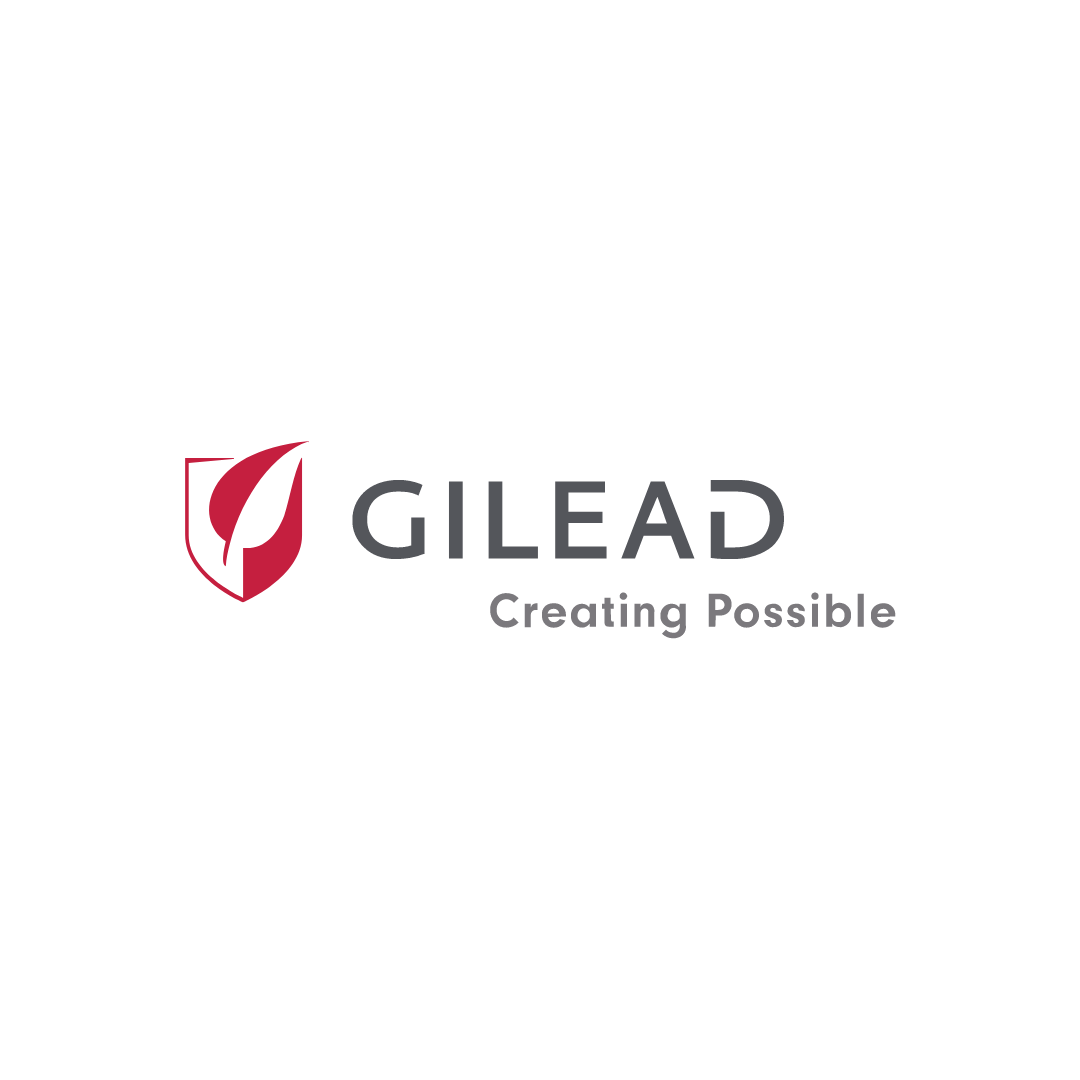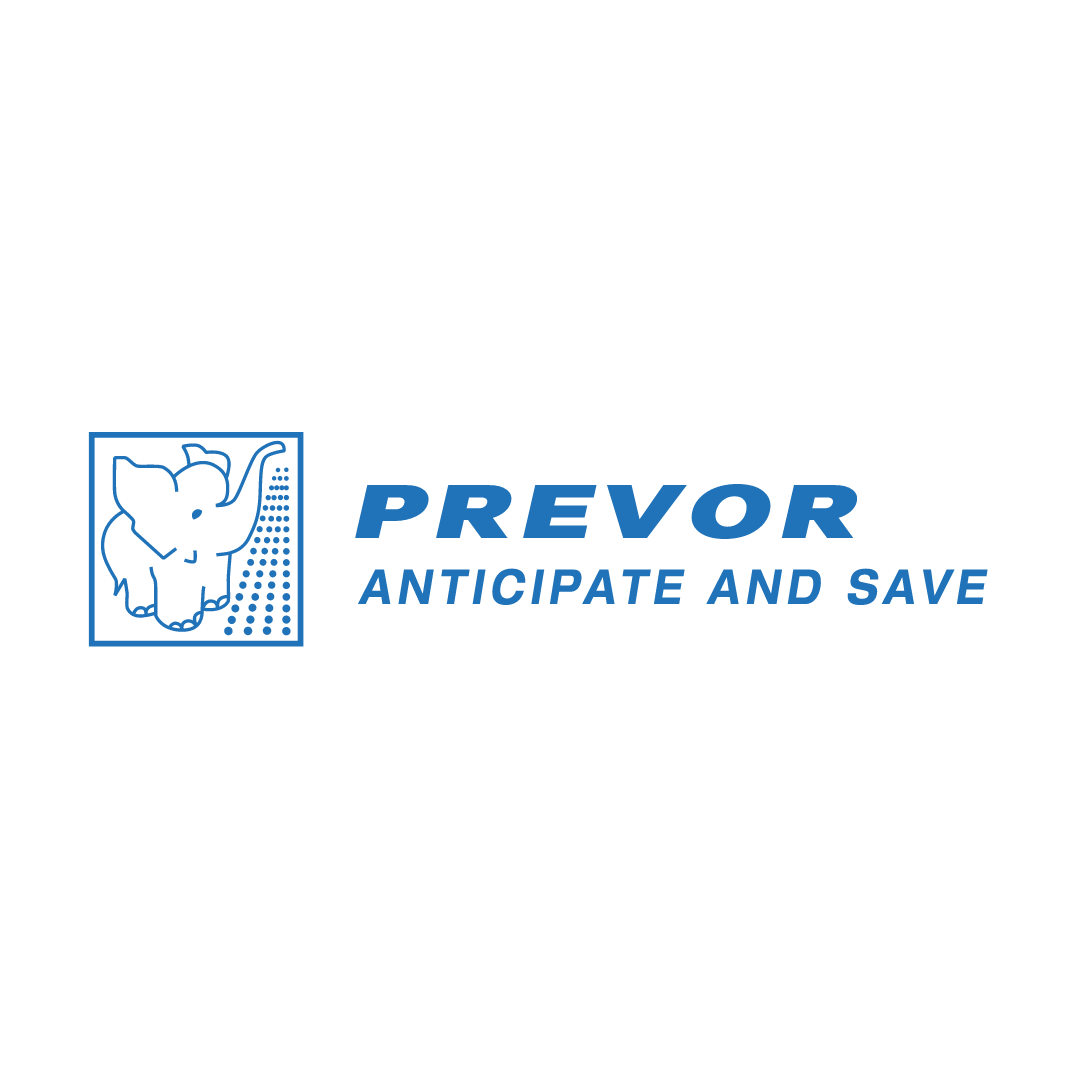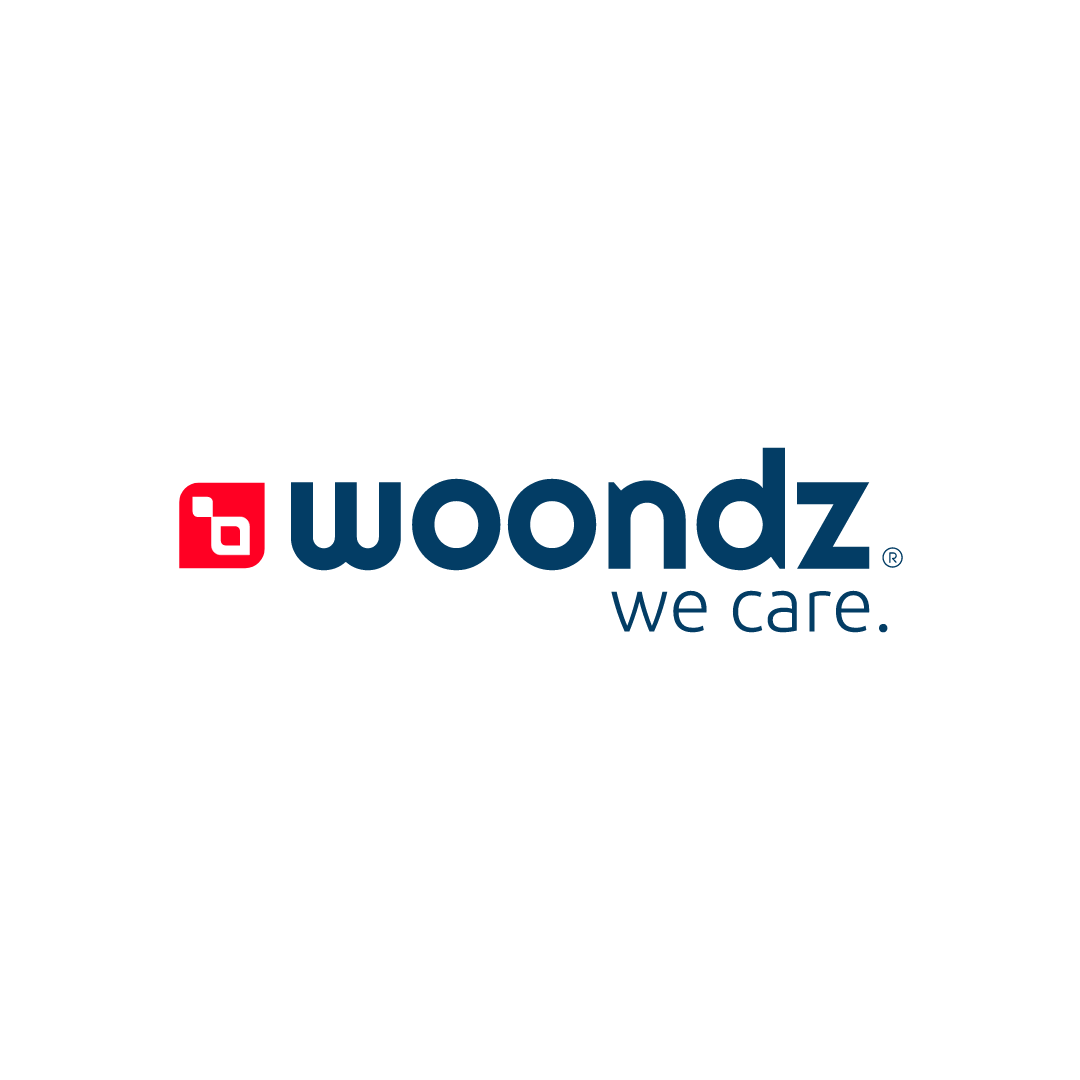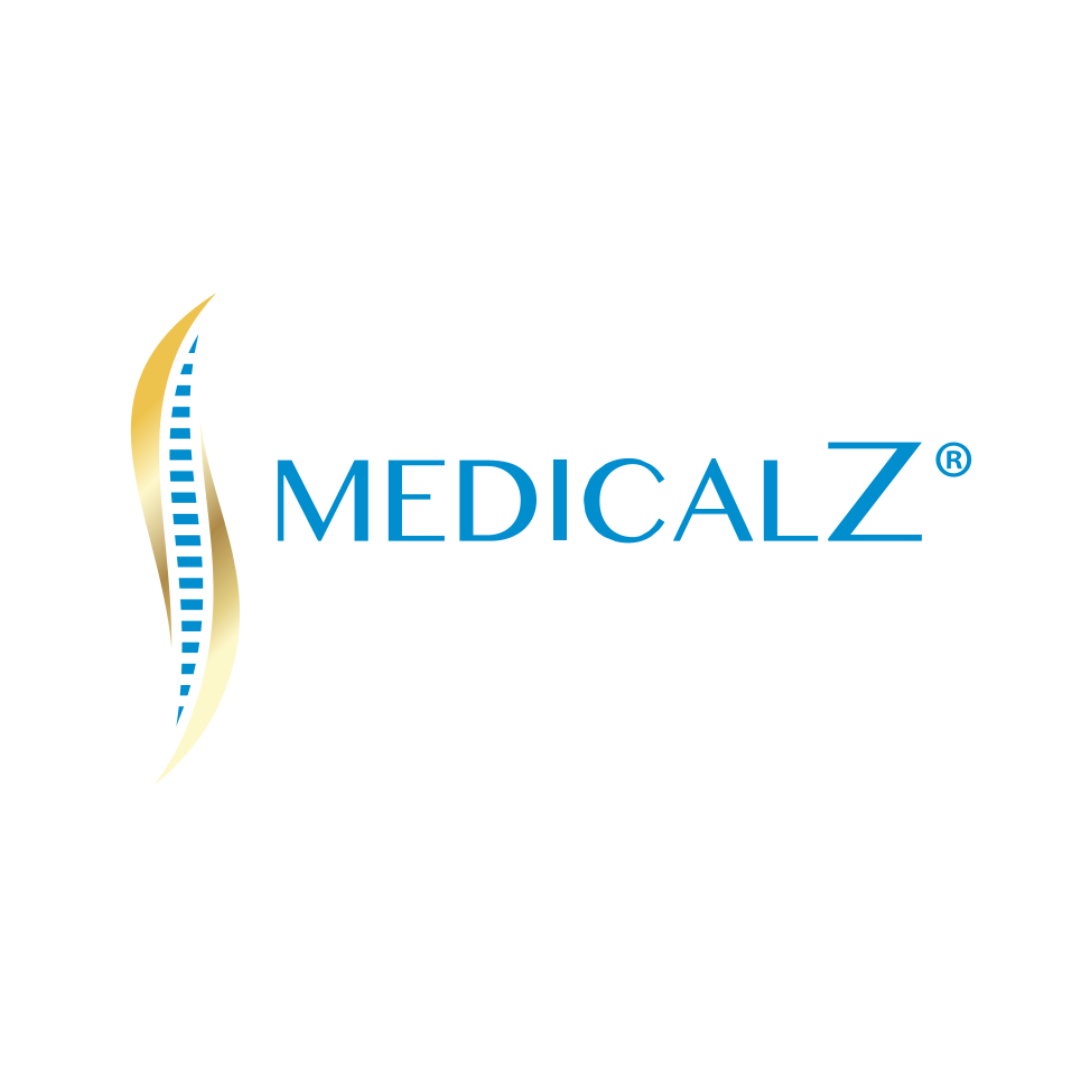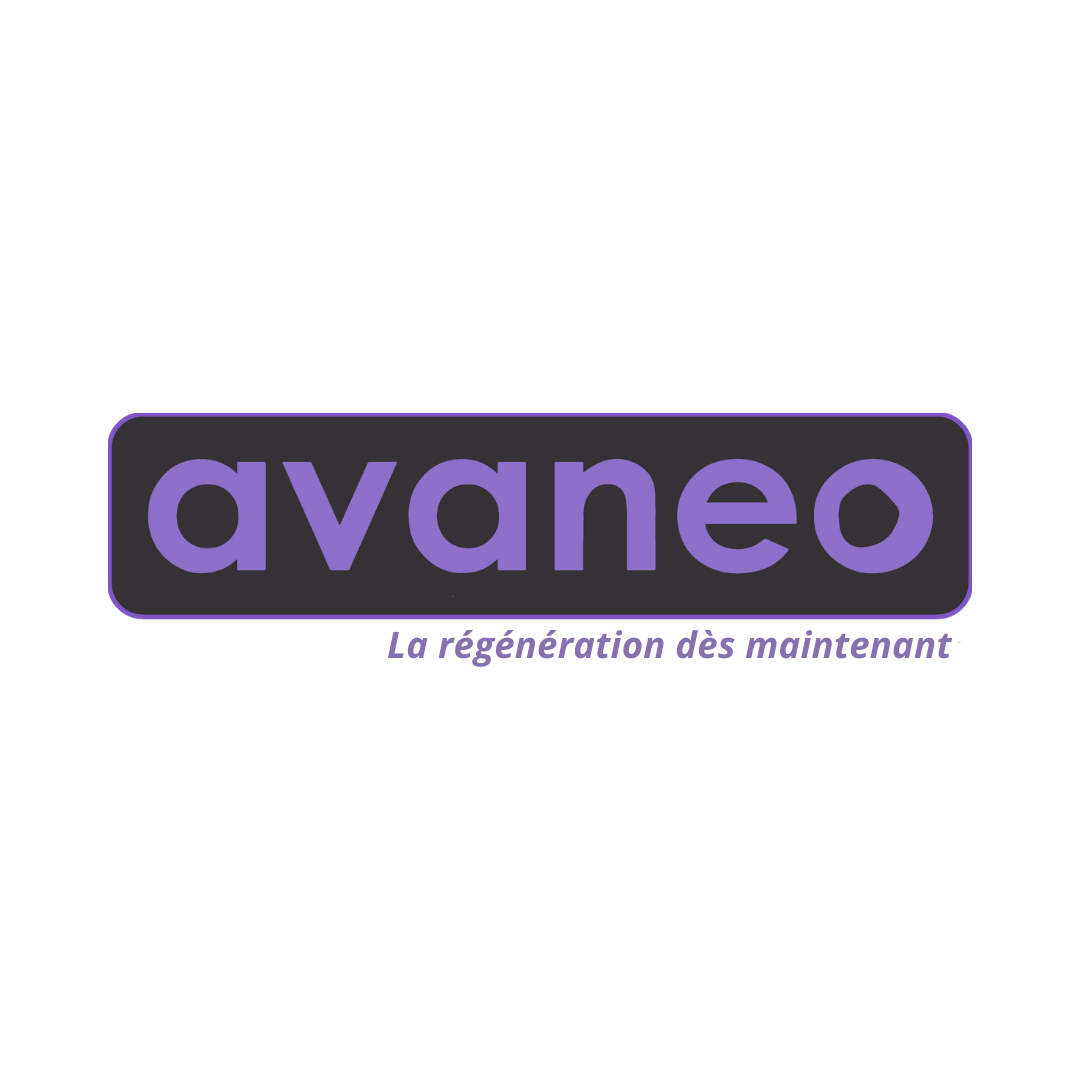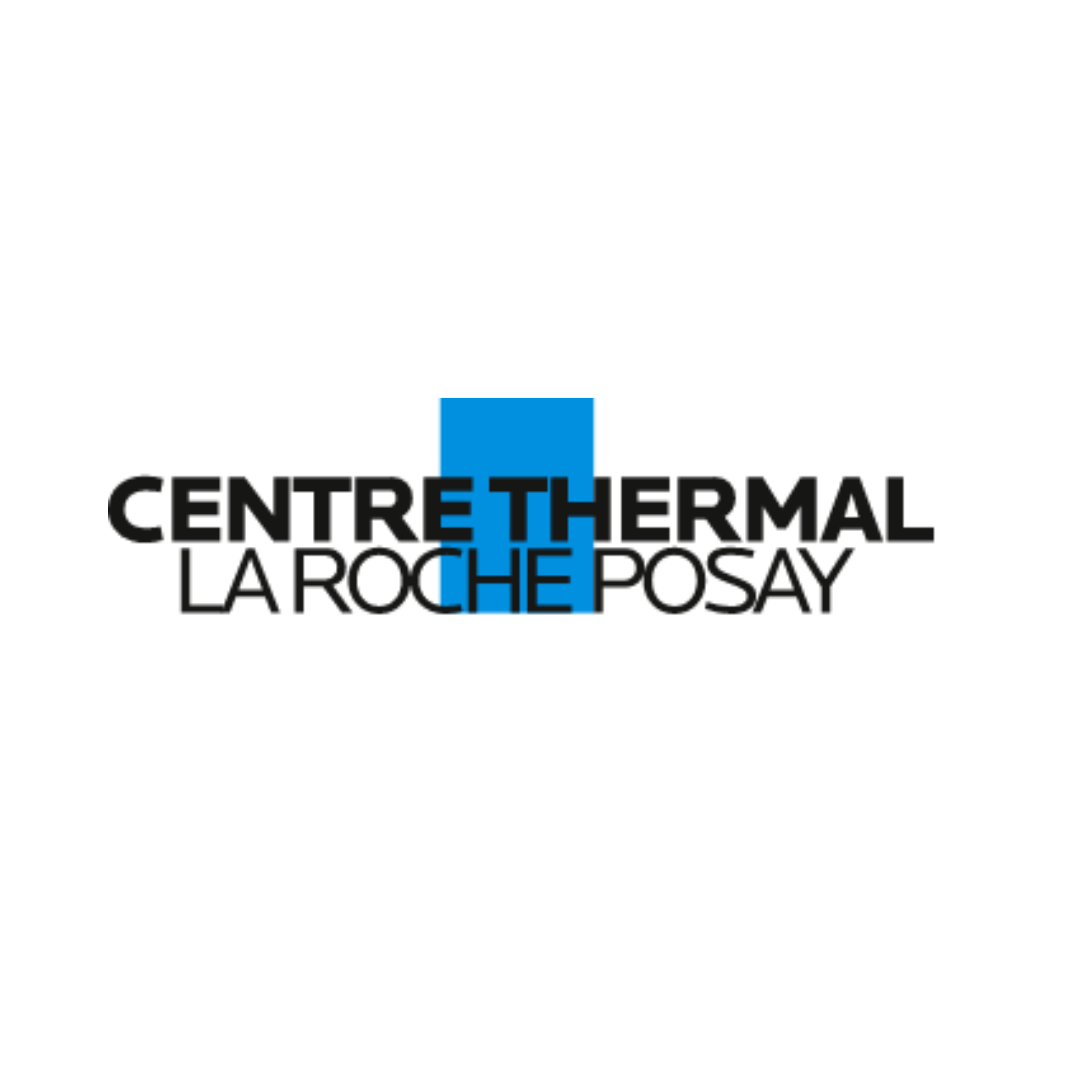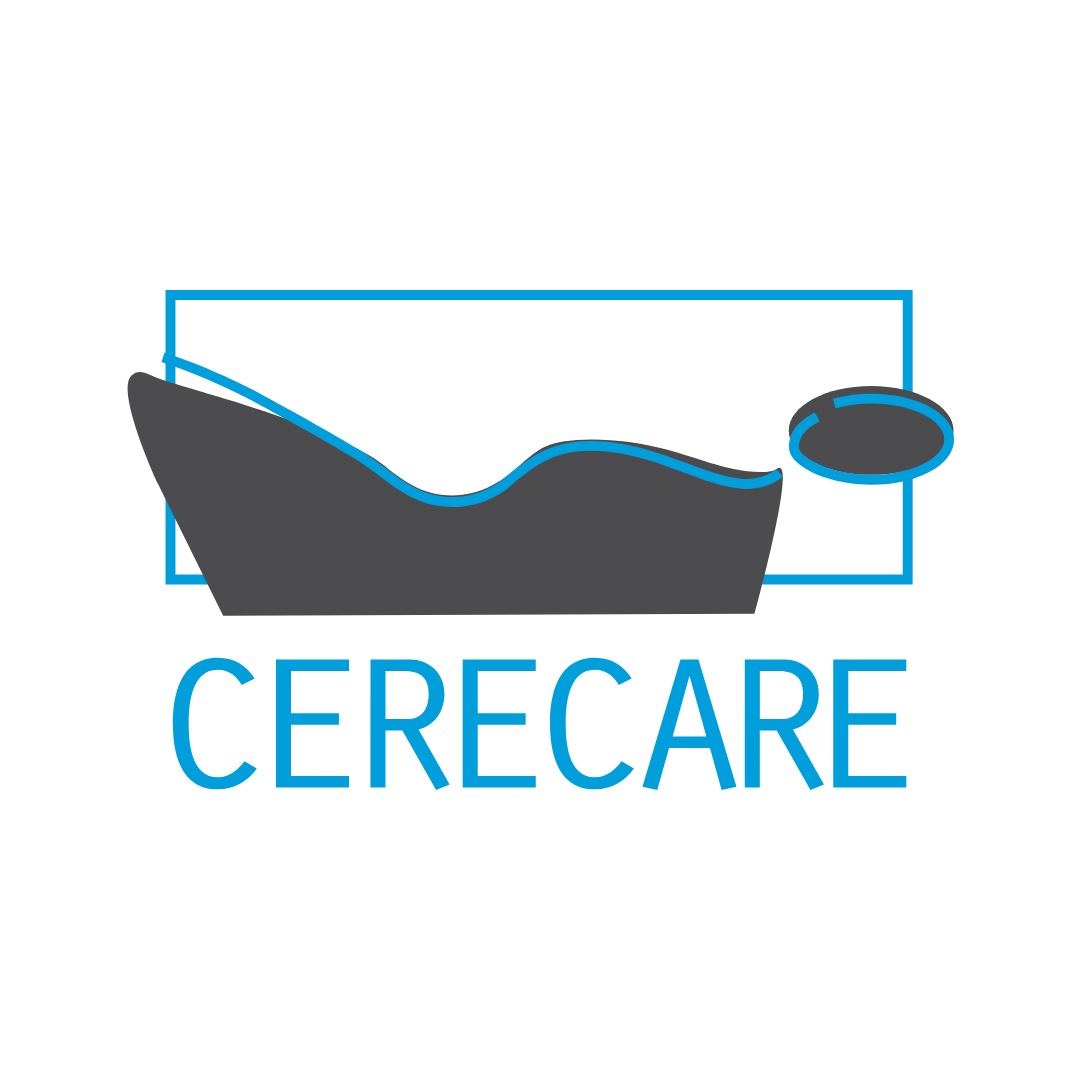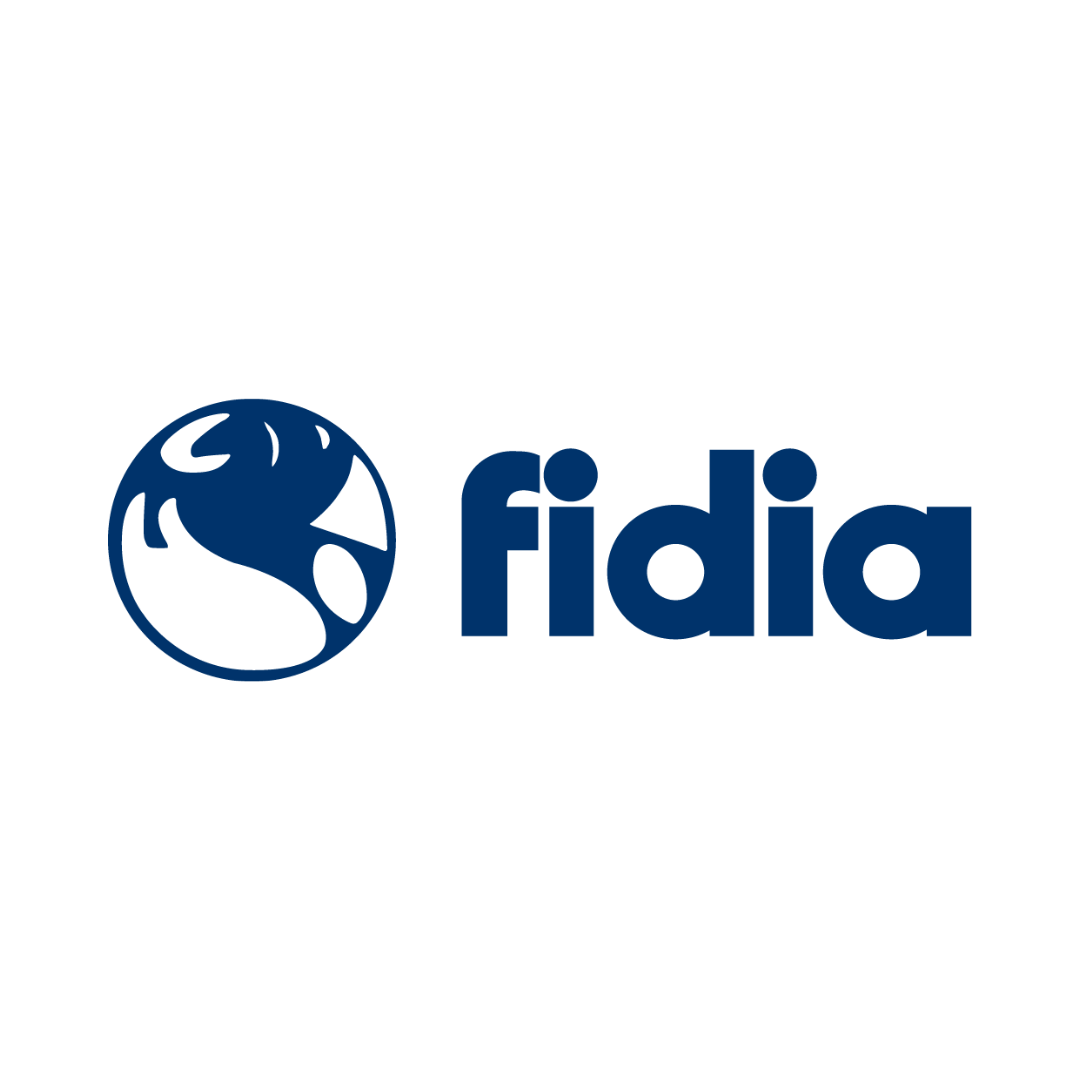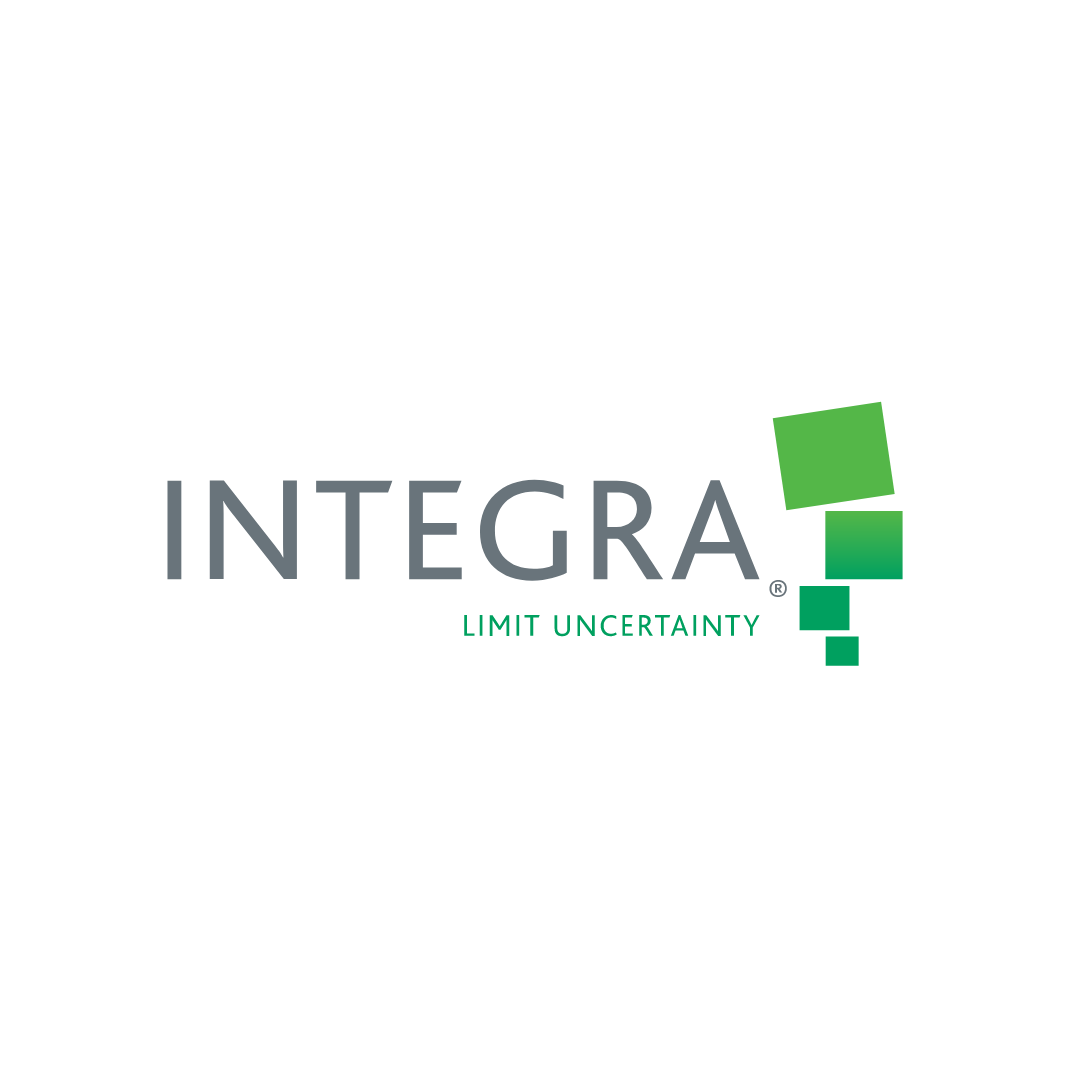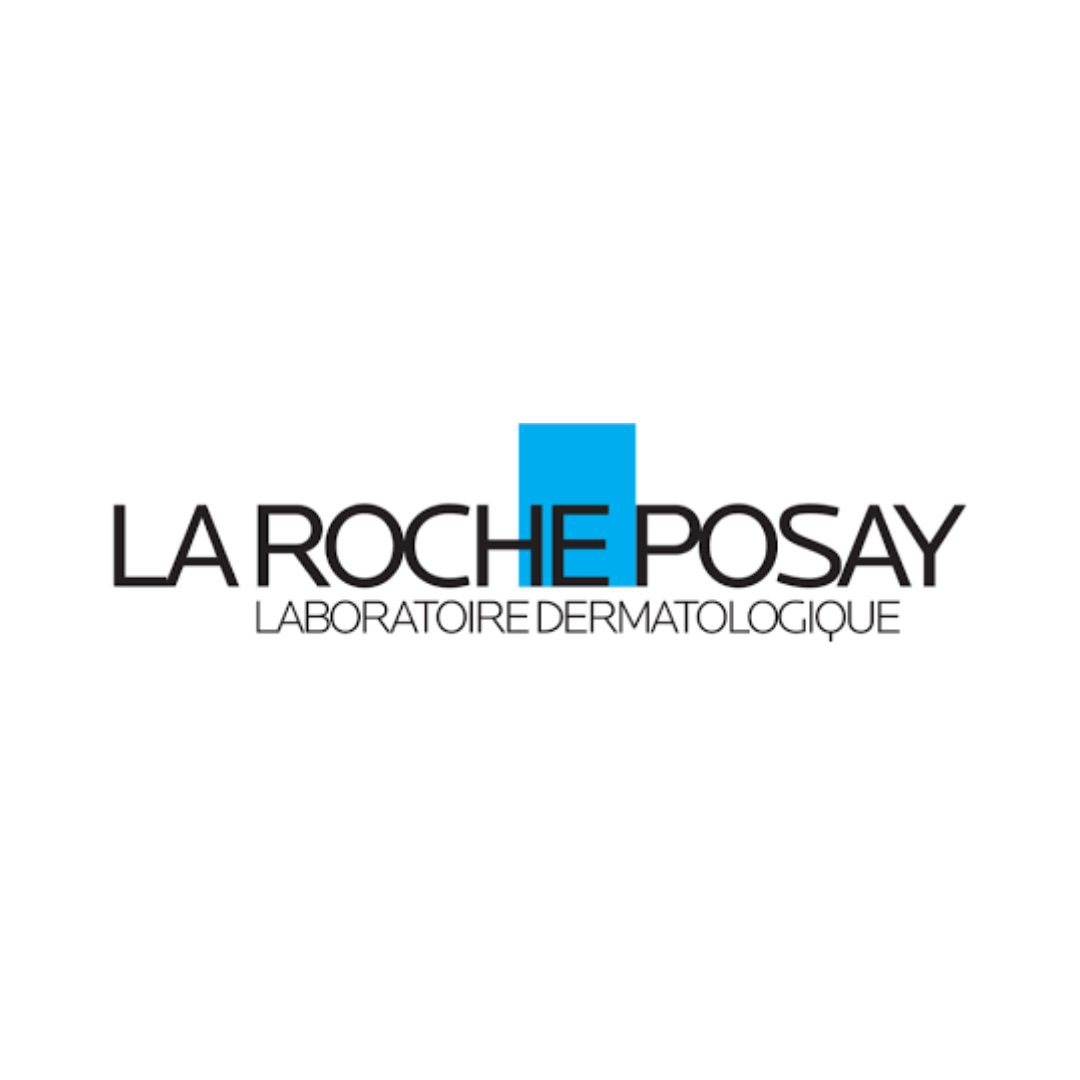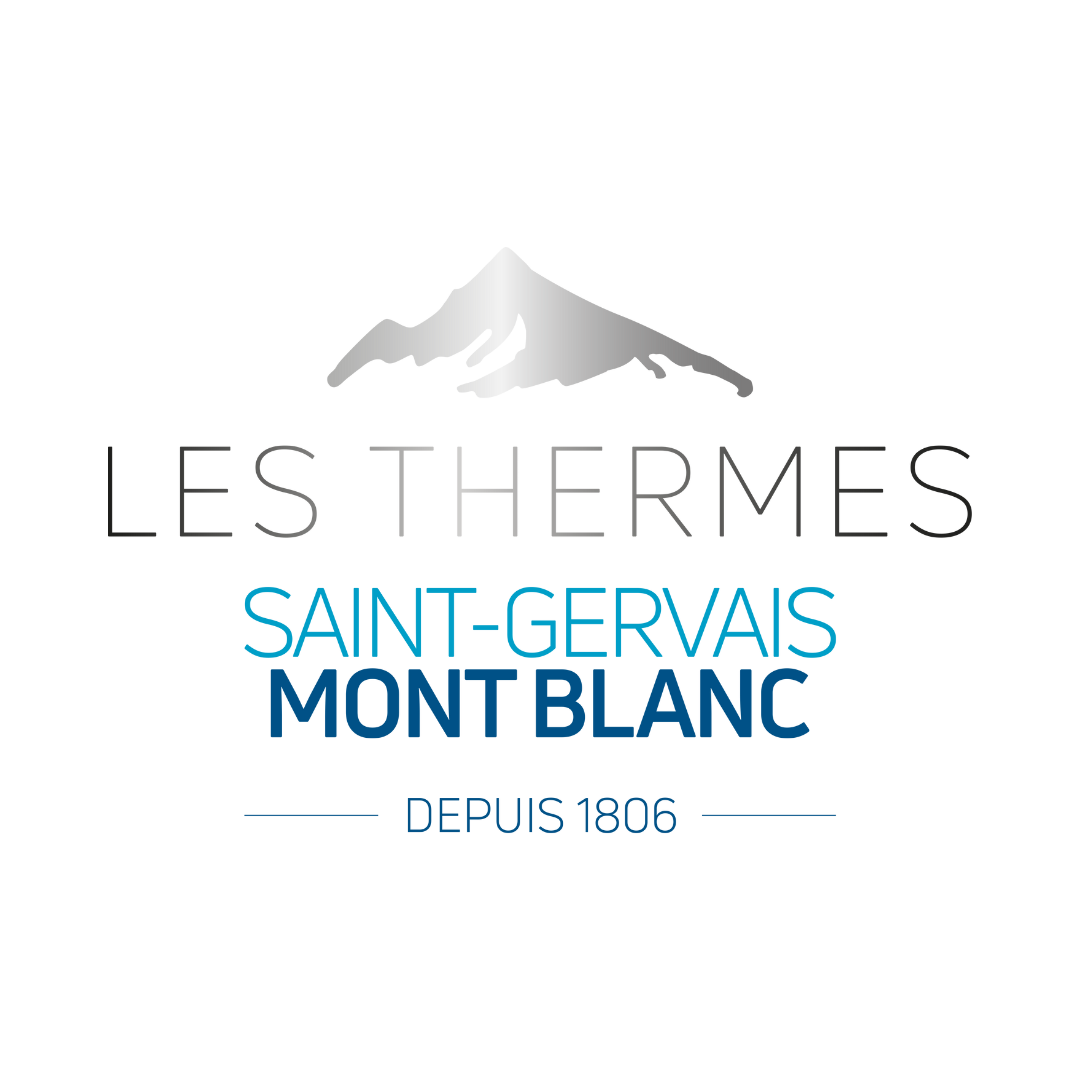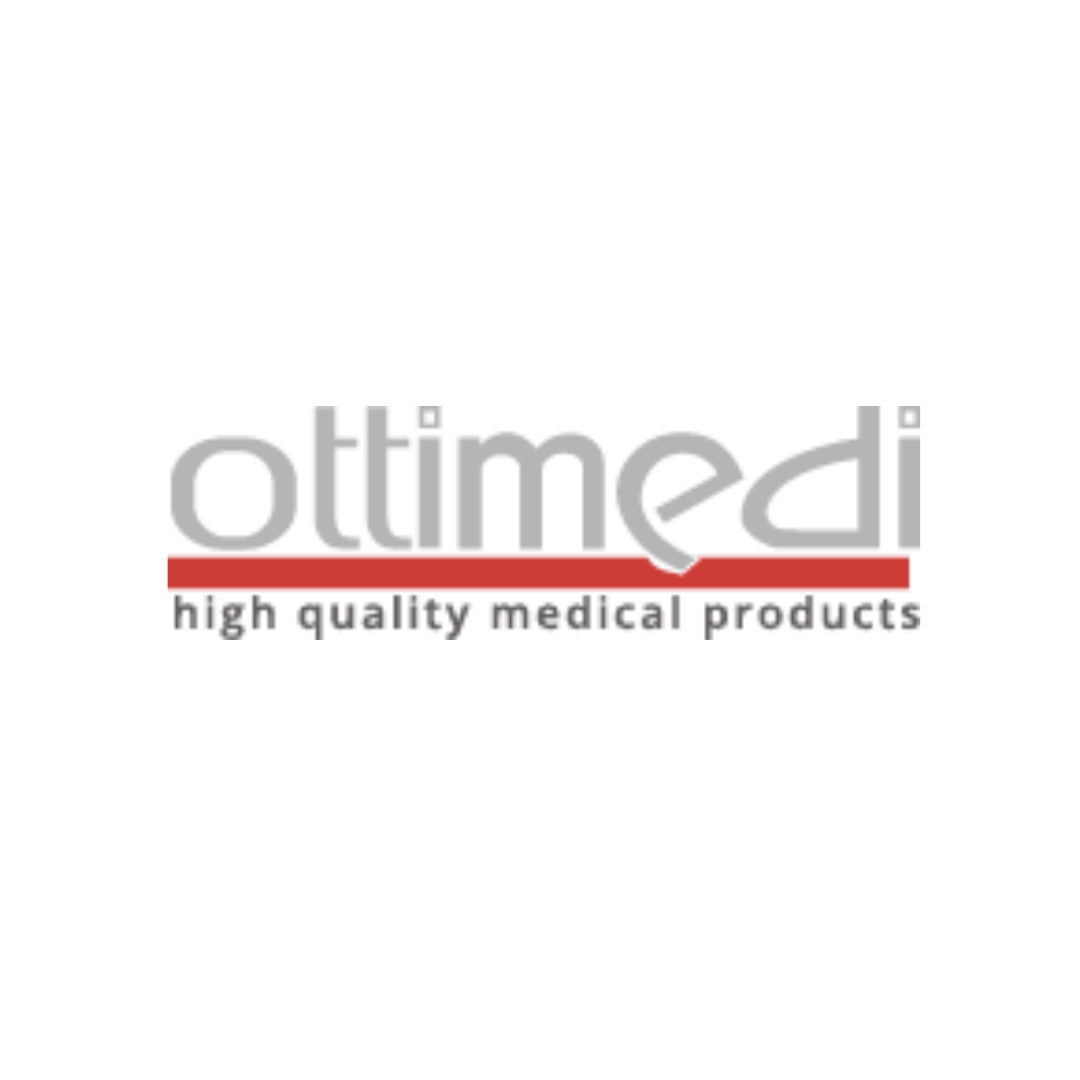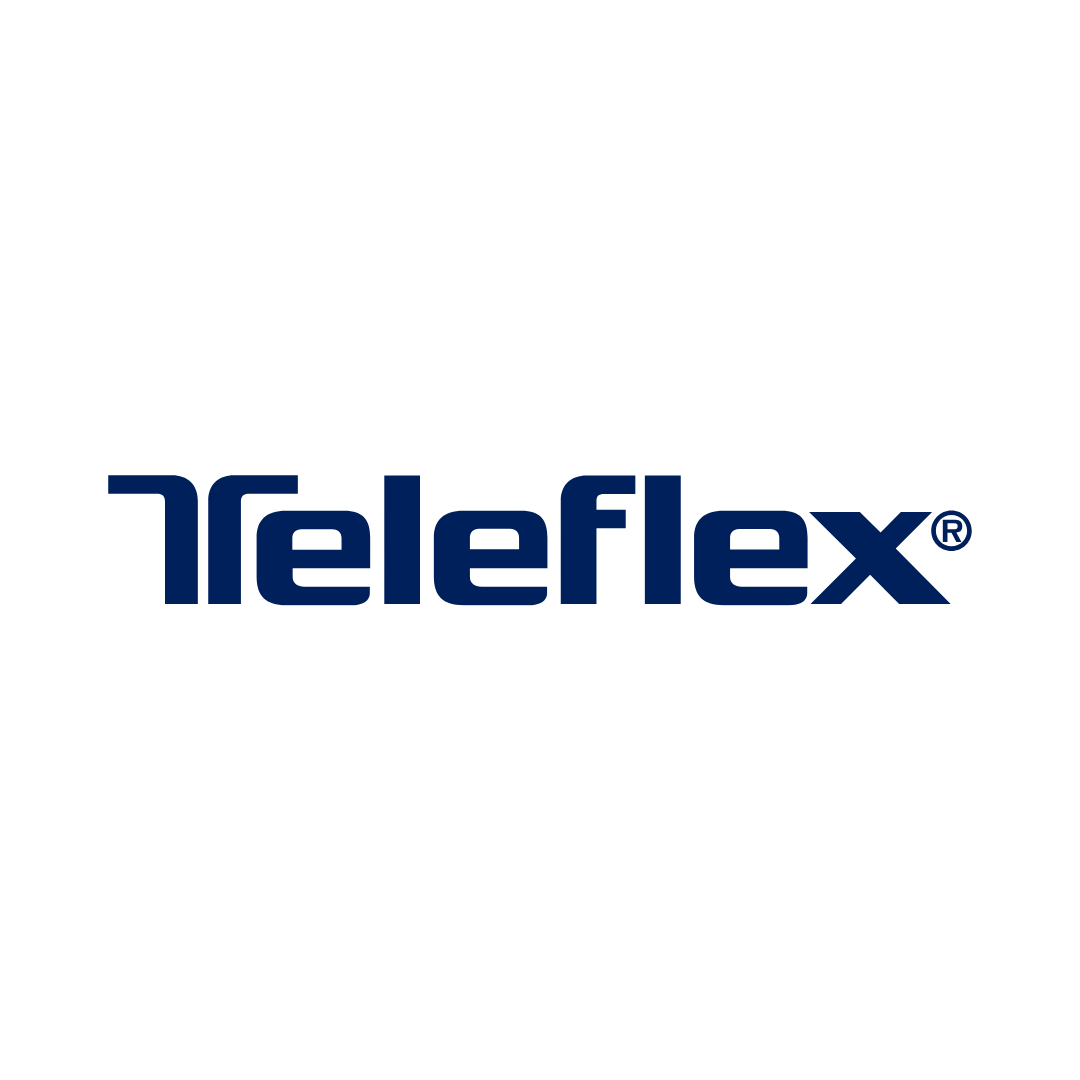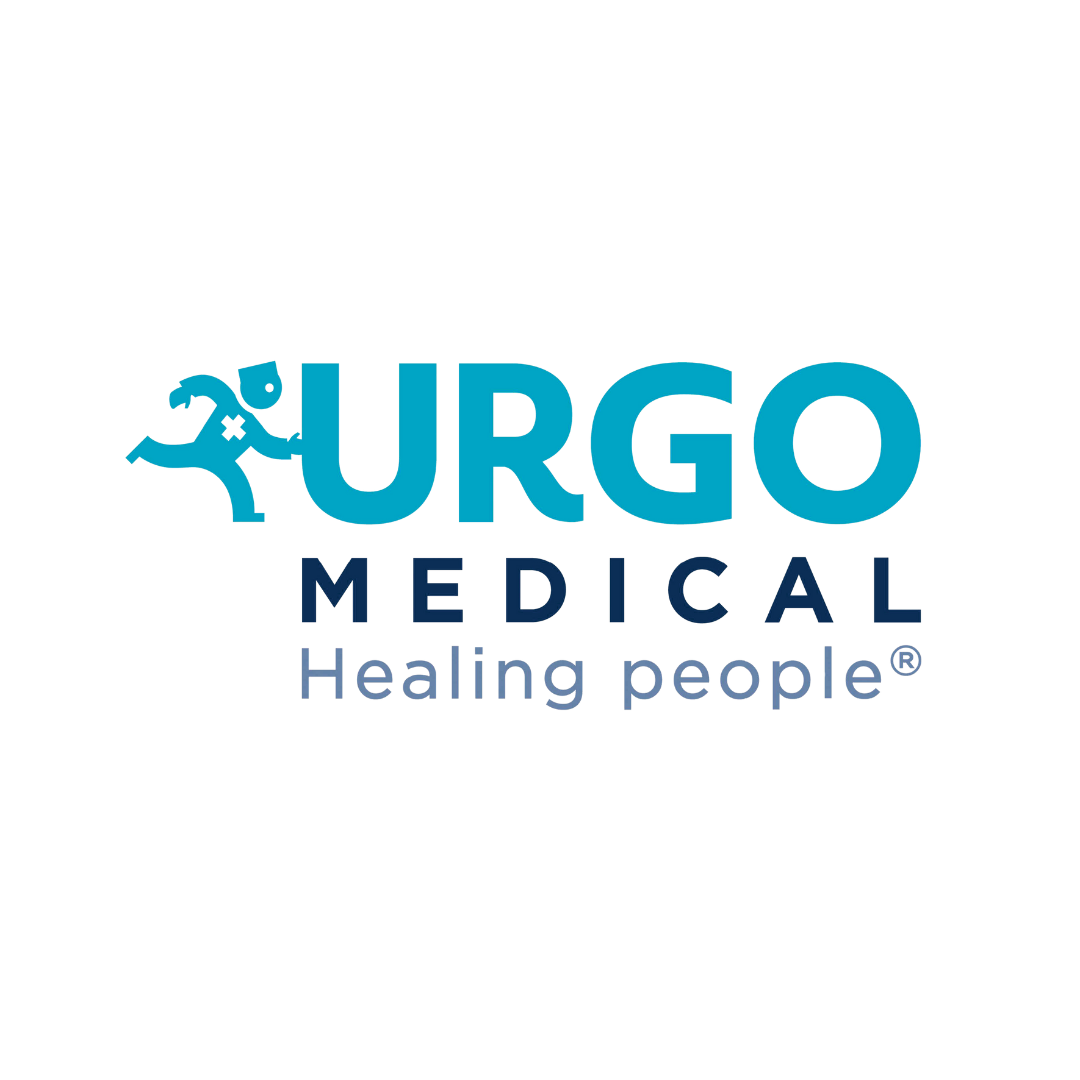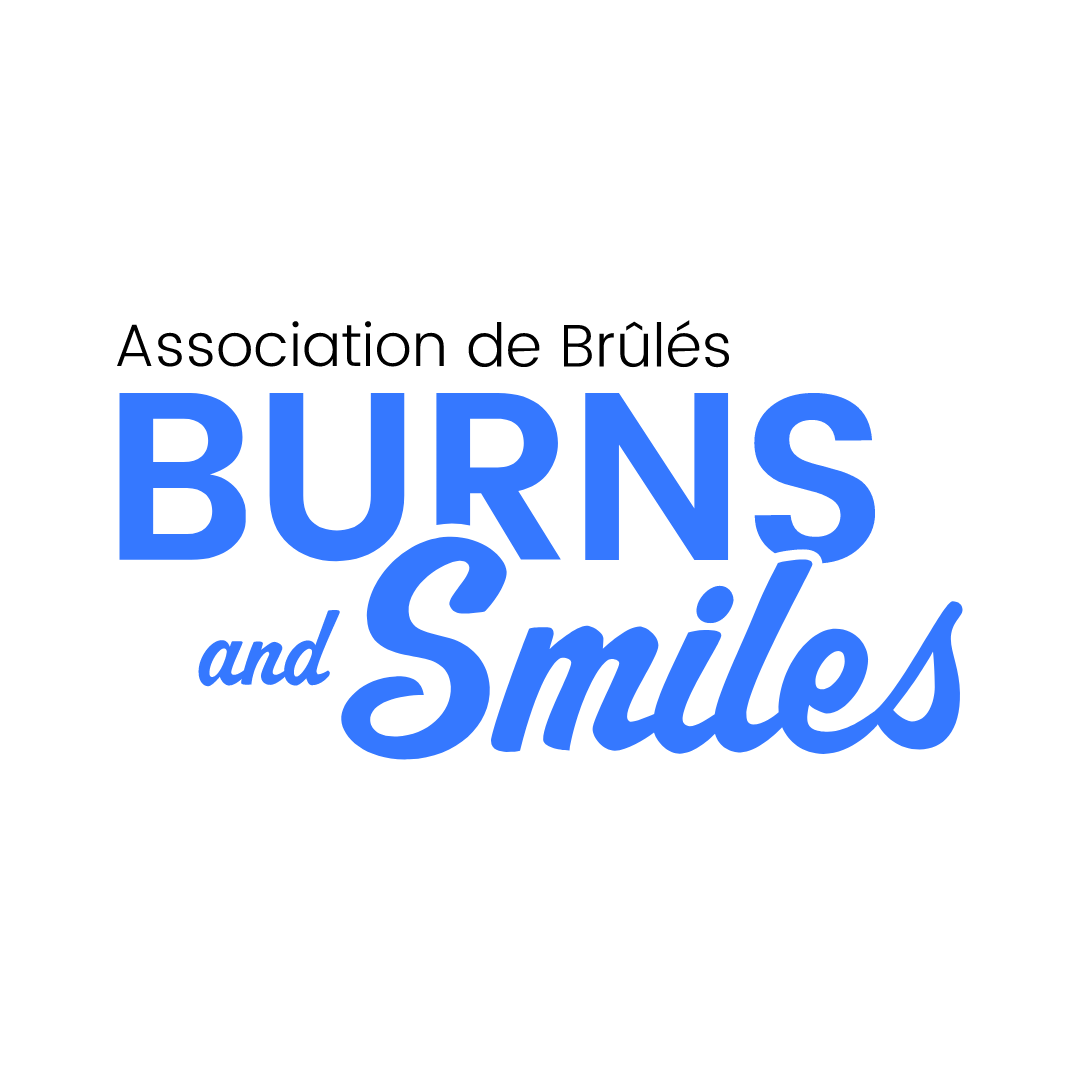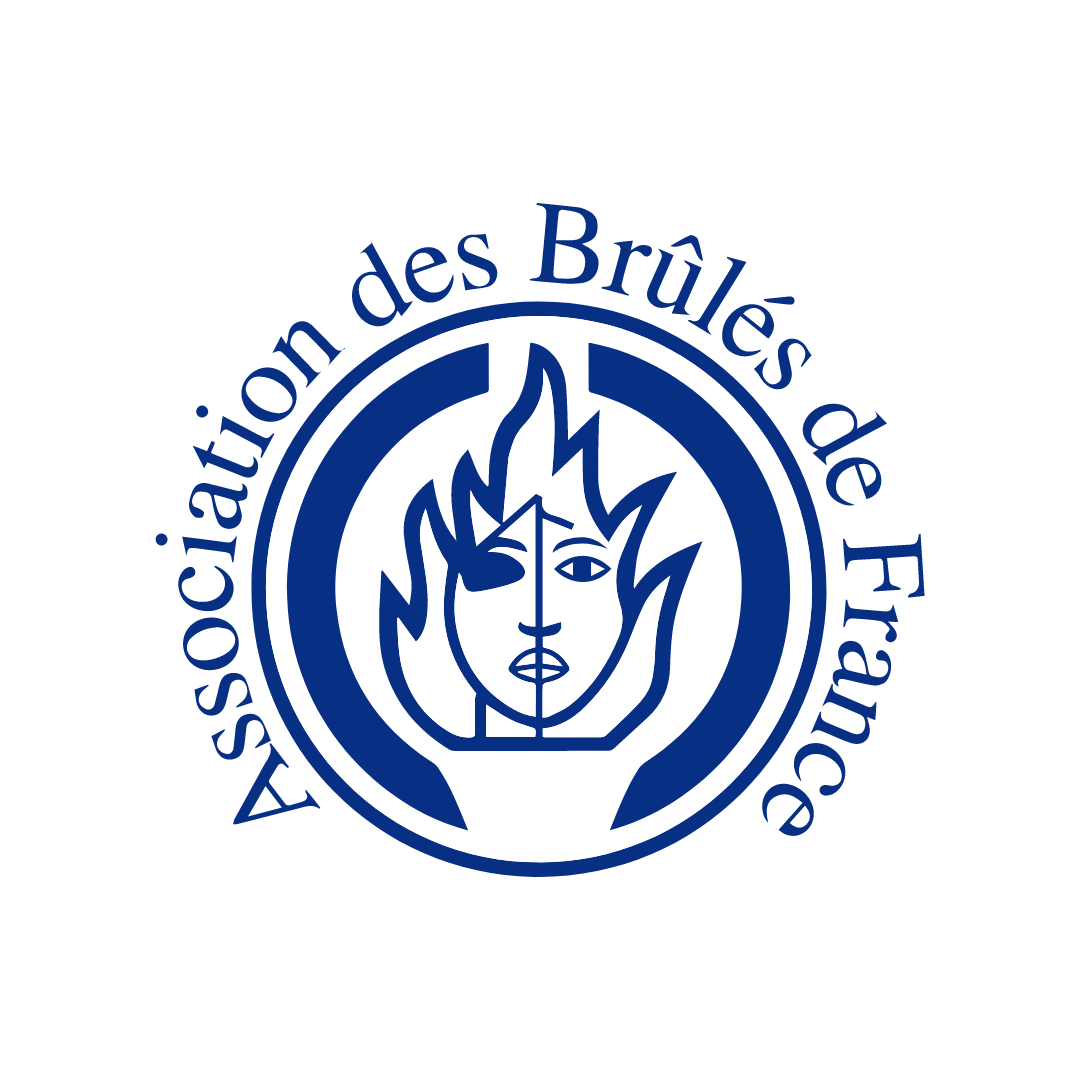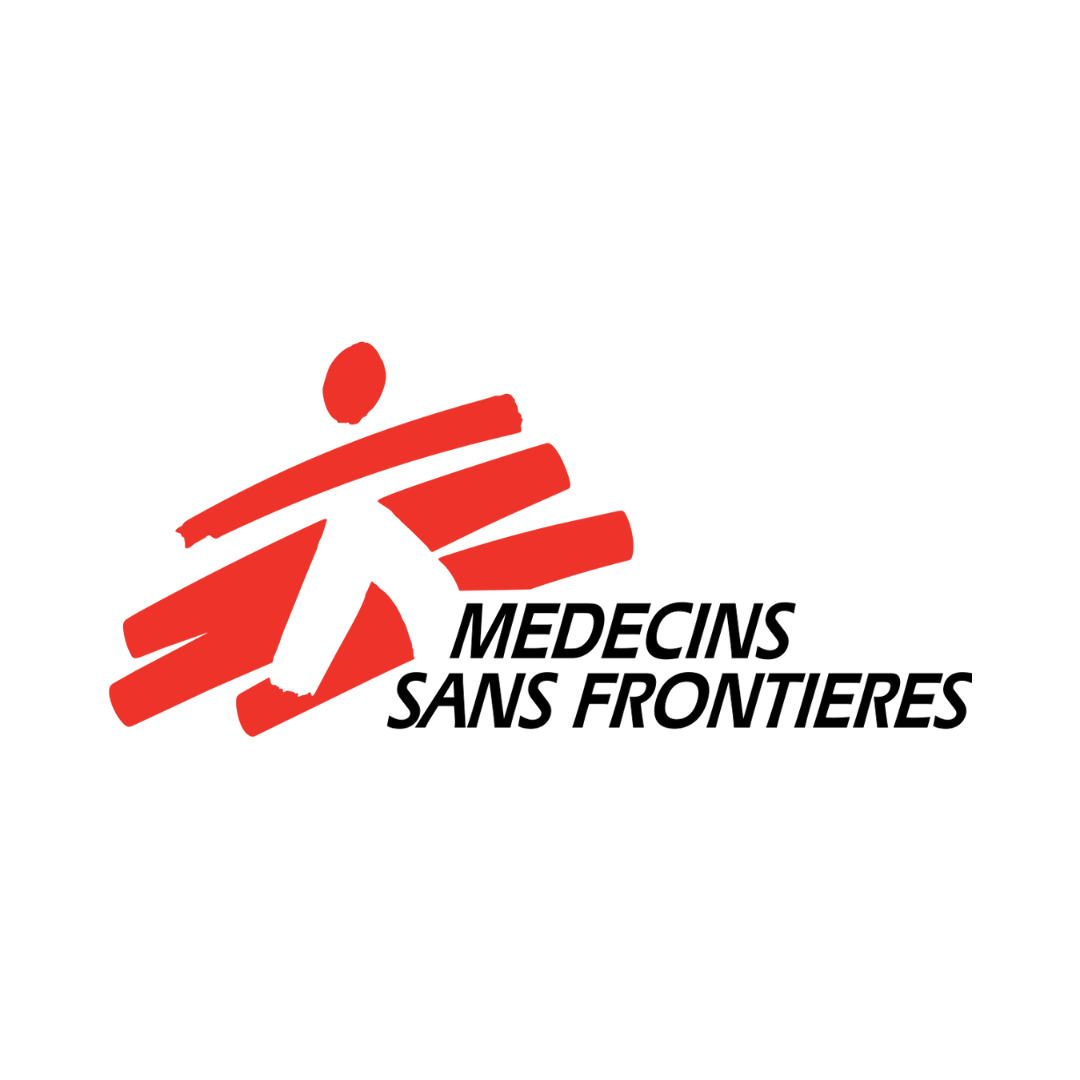Programme
-
-
9h00 Accueil des participants 10h00 - 12h00 Cours aux paramédicaux - SESSION FMC
L'accueil du patient grand brûlé au CTB - M. DUMONT, M. MARTENS-SCHULTE
La nutrition du patient grand brûlé - E. GRIGAUT, L. GOUYET-CALIA12h00 - 13h30 Cocktail déjeunatoire 13h30 - 14h00 Cérémonie d'ouverture
L. DE LUCA, G. TIMMERMAN, E. FIEVET-THAURY : Comité d'Organisation
L. GOTTRAND : Présidente de la SFB14h00 - 16h00 Table ronde 1 - Prise en charge initiale du patient grand brûlé - SESSION FMC
Modérateurs : M. CHAOUAT, M. BENYAMINA, M. ROLLANDMoyens de surveillance du remplissage initial chez le patient grand brulé – N. DONAT
Optimisation de la prise en charge initiale de la douleur du patient grand brulé visant à diminuer les douleurs chroniques – L. FAYOLLE-PIVOT
Les incisions de décharge – L. PASQUESOONE
Répercussion des incisions de décharge sur la rééducation – C. HAXAIRE16h00- 16h30 Pause, visite des stands et des posters 16h30 - 18h00 Communications orales - Partie 1
Modérateurs : M-R. LOSSER, F. FRADE, G. TIMMERMAN
CO1 - Impact d’un protocole d’épargne transfusionnelle - J. BON
CO2 - Les effets d'une pressothérapie préventive sur les cicatrices hypertrophiques après une brûlure thermique chez l'enfant. – A. EL MENJRA-SAADY
CO3 - Ecologie bactérienne d'un Centre de Traitement des Brulés : Analyse d'une cohorte locale - N. MELLATI
CO4 - Évolution, contrôle et efficacité de la thérapie combinée utilisant l'association Ampicilline-Sulbactam/Ceftazidime-Avibactam lors d'une épidémie
d'Acinetobacter baumannii résistant aux carbapénèmes au sein d’un centre de traitement des brulés - G. MELLON
CO5 - Évaluation de la contamination infectieuse de l’air lors des soins de plaies dans un centre de traitement des brûlés par métagénomique clinique - G. MELLON
CO6 - Intérêt des Micro Greffes Cutanées Autologues (MCA) dans le traitement des brûlures - M-S. SERBU
CO7 - La rééducation post réanimation des patients grands brûlés - J. BELLEVILLE
CO8 - Cicatrices hypertrophiques et chéloïdes : mise au point et propositions thérapeutiques - D. VOULLIAUME
CO9 - Facteurs de risque de mauvais devenir chez les patients de plus de 75 ans admis en service de réanimation des Grands Brûlés : étude rétrospective monocentrique - M. CHATELIER -
9h00 Accueil des participants 10h00 - 12h00 CA de la SFB 12h00 - 13h30 Cocktail déjeunatoire 16h00 - 16h30 Pause, visite des stands et des posters 16h30 - 18h00 Atelier IDE
Les techniques de pansement pour le patient grand brûlé
C. REZACK, J. VAILLANT, K. MOURANY, C. CHARVET
-
-
-
8h00 Accueil des participants 8h30 - 10h00 Communications Orales - Partie 2
Modérateurs : S. JENNES, P. DUHAMEL, R. TAVERNIER
CO10 - Étude rétrospective sur 10 ans des indices pronostics de survie dans un centre aigu de traitement des brûlés - E. RIGAUX
CO11 - L’oxygénothérapie hyperbare dans la cicatrisation : expérience du service des brûlés de Tunis - H. FREDJ
CO12 - Traitement local des brulures en milieu pédiatrique par des pansements imprégnés de sucrose octasulfate : évaluation d’une nouvelle stratégie thérapeutique - L. CARFAGNA
CO13 - Utilisation d’un gel cicatrisant HEMHealing contenant un transporteur d’oxygène M101 dans la prise en charge globale d’un patient présentant des brûlures profondes sur 85% de la surface cutanée totale - P. PERROT
CO14 - Nécrolyse épidémique toxique : expérience du service de réanimation de brûlés de Tunis - A. ALAOUI
CO15 - Étude rétrospective monocentrique sur l'expansion cutanée par prothèse SEBBIN pour les séquelles de brûlure - C. BARANI
CO16 - Quel devenir pour le patient grand brûlé en contexte humanitaire : les solutions envisagées en rééducation - E.TAUVERON
CO17 - La nécessaire information juridique du patient brûlé pendant l'hospitalisation - B. PEREZ
CO18 - La transfusion sanguine est associée à un risque accru d’insuffisance rénale aigue chez les patients brulés - Z. BELLAS10h00 - 10h30 Pause, visites des stands et des posters
Symposium Partenaire Sebbin - Salle Moulleau10h30 - 12h30 Table ronde 2 – Le planning et le niveau d’excision : impact sur la réanimation et sur la rééducation - SESSION FMC
Modérateurs : P. PERROT, L. SOUBIRON, M. LEYRITLe planning d’excision du patient grand brûlé – E. DANTZER
L’excision tangentielle et les autres méthodes de débridement des brûlures profondes – L. DE LUCA
L’avulsion au fascia des brûlures profondes – M. BRACHET
Réanimation du patient grand brûlé pendant la phase d’excision : coordination avec l’équipe chirurgicale – LE FLOCH
Impact du timing et niveau d’excision sur la prise en charge en rééducation – V. DINOT12h30 - 13h50 Cocktail déjeunatoire - Espace Exposition
Symposium Partenaire Prevor - Salle Moulleau13h50 - 16h00 Tables ronde 3 – Les nouvelles techniques de recouvrement du patient grand brûlé - SESSION FMC
Modérateurs : V. CASOLI, N. FRASSON, B. COHENIntroduction générale sur les thérapies cellulaires – V. CASOLI
Utilisation des Cultures d’épiderme Autologues – H. PERSON
Innovation dans les biothérapies au profit des grands brûlés – S. BANZET
Bio-impression 3D de peau totale- Bloc Print II – C. AUXENFANSLa place des SMR dans le parcours de soin des patients grands brûlés
Recommandations en SMR : Indications, objectifs, techniques, équipements et compétences requis – C. NICOLAS
Le suivi du patient « grand brûlé » après sa sortie du SMR – E. FIEVET- THAURY
La réinsertion professionnelle du patient grand brûlé - S. LIBGOT16h00 - 16h30 Pause, visite des stands et des posters 16h30 - 18h30 Présentation des posters
Modérateurs : V. GENIN, A-S. PERCHENET, C. DURAN JOYA
1. Épidémiologie des brûlures ayant nécessité une hospitalisation. Étude rétrospective monocentrique sur une durée de 8 ans. R. LE FLOCH
2. Quelques données concernant des patients brûlés hospitalisés dans une réanimation dédiée de 2016 à 2023. R. LE FLOCH
3. Cohorte descriptive de brûlés graves admis dans une Réanimation Brûlés. N. BACHA
4. La mortalité chez les brulés : étude rétrospective. A. ALOUINI
5. Apport de l’échocardiographie transoesophagienne chez les brûlés en réanimation. H. FREDJ
6. Atteintes ophtalmiques au cours du syndrome de Lyell. A. ALOUI
7. Profil épidémiologique des brûlures des enfants de moins de 5 ans en Grande-Comore. M. SOUDJAY
8. Brûlures par flammes chez l’enfant : A propos d’une série tunisienne. H. FREDJ
9. Les Lésions pulmonaires par inhalation de fumées chez l’enfant. H. FREDJ
10. Les Lésions pulmonaires par inhalation de fumées chez l’enfant brûlé : prévalence et pronostic. H. FREDJ
11. Evaluation des connaissances parentales sur la principale circonstance de brûlure accidentelle chez le jeune enfant. E. CONTI
12. Les brûlures secondaires à un accident domestique chez l’enfant : A propos de 234 cas. A. MOKLINE
13. Dénutrition chez les brûlés en réanimation : prévalence et pronostic. A. MOKLINE
14. La nutrition en service des grands brûlés, un travail d’équipe ! E. GRIGAUT
15. La route de la tranquillité pour un transport sécurisé. A. JEREZ CHAVANNE
16. Réparation des séquelles de brulures du front. D. VOULLIAUME
17. Cicatrices chéloïdes géantes cervico-faciales sur brulure : cas clinique pédiatrique. H. PERSON
18. Brulure du thorax de la jeune fille : technique chirurgicale à la phase aiguë pour prévention des séquelles et anticipation de leur traitement. H. PERSON
19. Utilisation des prothèses d’expansion cutanée dans la prise en charge des séquelles de brûlures de la région mammaire chez la femme. R. BAYOUX
20. Prise en charge des brûlures périnéales. D. BOCCARA
21. Etude comparative prospective de deux pansements utilisés dans le traitement des sites donneurs de greffe de peau mince. P. PUJOL
22. Utilisation d'une Matrice Dermique Acellulaire Lyophilisée dans le Traitement des Brûlures. M-S. SERBU
23. Comparaison des méthodes de fixation des greffes de peau chez l'enfant brûlé : agrafes versus colle. M-C. PLANCQ
24. Études sur l'utilisation du dressilk dans les brûlures de second degré superficiel chez l'enfant. P. SAVIDAN
25. Étude comparative de deux protocoles de pansement dans les brûlures de second degré superficiel : Aquacel burn versus Jelonet et Flammazine. P. SAVIDAN
26. Rôle de l'infirmière brûlologue dans la prise en charge de l'enfant brûlé dans un centre non spécialisé. S. VOUZELAUD
27. L'éducation thérapeutique en pédiatrie : un concept au service des enfants, des parents et des soignants. C. PRENASSI
28. Retentissement psychologique des brûlures : Un challenge à braver. A. BEN HAMMED
29. Le patient "maître du je(u)". N. DUPLESSIS
30. Brulures des plantes de pied chez l’enfant : une technique originale de pansement. A propos de 3 cas. P. SAVIDAN
31. Épuisement professionnel chez les soignants travaillant dans une unité des brûlés tunisienne : Prévalence et facteurs de risque. A. BEN HAMMED
32. Le bandage compressif et positionnel de la main post-brûlure en service de rééducation. A. MEISSONNIER
33. Information et engagement optimisés du patient dans son projet de soin en USMR : la solution par un poster ? M. VALANGE
34. Immobilité et appropriation de Soi en psychomotricité. C. MOTTET
35. L'évolution de la cicatrisation par le lien entre professionnels : mise en place pratique. H. GUERRY
36. Les masseurs-kinésithérapeutes et la reconstruction psychosociale des patients brûlés. J. CAVALON
37. Présentation et intérêt d’un protocole de prise en soin coordonné des patients brulés en SMR (Soins Médicaux et Réadaptation) V. SCHREVEL
38. Le cheval, allié pour la reconstruction de soi. S. GUILLERMIC
39. Aménagement d'un studio photo. L. BARRELET
40. Efficacité et tolérance d’un gel pour cicatrices contenant de l’extrait d’Aquaphilus dolomiae (C+ restore), diméthicone et acide hyaluronique associé à une méthode de massage sur des cicatrices ré-épidermisées post-brûlures et post-chirurgicales : suivi à 6 mois. N. FRASSON20h00 Dîner du congrès -
8h00 Accueil participants 8h30 - 10h00 Atelier Kiné - SESSION FMC
La rééducation de l’épaule brûlée
A. VIBIEN, F. DUVIN ODENT10h00 - 10h30 Pause, visites des stands et des posters 10h00- 10h45 Symposium Partenaire - SEBBIN
« La régénération dermique avec la matrice composite NEVELIA® : son application dans les séquelles de brûlures »
V. CASOLI, B. HERBAGE12h30 - 13h50 Cocktail déjeunatoire 12h30-13h30 Symposium Partenaire - PREVOR
«DRESSILK® un pansement pour optimiser la prise en charge des brûlures du second degré superficiel et des sites donneurs de greffes de peau fines.
DRESSILK® sur les brûlures du 2nd degré superficiel chez l’adulte. L. DE LUCA
DRESSILK® sur les sites donneurs de greffes de peau fines chez l’adulte. P. PUJOL
Le point de vue de l’IDE : trucs et astuces pour la gestion des pansements chez l’adulte. S. PARIS
DRESSILK® sur les brûlures du 2nd degré superficiel en pédiatrie. M. LOOT, P. SAVIDAN
Le point de vue de l’IDE : trucs et astuces pour la gestion des pansements en pédiatrie. A. BATTAULT16h00 - 16h30 Pause, visites des stands et des posters 16h30 - 18h00 Symposium Partenaire - GILEAD
"FongiBurn : les infections fongiques chez les grands-brûlés"
Modérateurs: M. DUMONT, F. DÉPRETEpidémiologie et spécificités de réanimation du patient grand-brûlé : ce qu’il faut prendre en compte. E. DUDOIGNON
Outils de diagnostic des IFI chez les grands brûlés. M. CORNU
Spécificités pharmacocinétiques et pharmacodynamiques des antifongiques à considérer chez les grands-brûlés. R. GUILHAUMOUTable ronde : Comment arriver à une harmonisation des pratiques dans la prise en charge des IFI chez les grands-brûlés ?
Animée par le R. LE FLOCH, M. BENYAMINAGuidelines, tour d’horizon de l’existant pour les pathologies fongiques. R. LE FLOCH
Partages d’expériences de la prise en charge du patient brûlé à l’hôpital St-Louis. Fr. DÉPRET
Discussion avec les participants
Restitution de la table ronde par les modérateurs
Conclusion20h00 Dîner du congrès -
8h00 Accueil participants 8h30 - 10h00 Atelier IDE - SESSION FMC
Les prothèses d’expansion : lien entre l’hôpital et la ville
Z. AMROUNE, C. CORDIER
10h00 - 10h30 Pause, visites des stands et des posters 12h30 - 13h50 Cocktail déjeunatoire 16h00 - 16h30 Pause, visites des stands et des posters 16h30 - 18h00 Atelier Médico-juridique
Expertise médico légale du patient brûlé - B. PEREZ, E. FIEVET-THAURY20h00 Dîner du congrès
-
-
-
8h30 Accueil des participants 9h00 - 10h30 Communications Orales - Partie 3
Modérateurs : B. GLAVNIK, A. LETOUZE, I. ALMERAS
CO19 - Pas si angélique que ça… quand la phytothérapie vous conduit en Centre de Traitement des Brûlés - A.VOISIN
CO20 - Protocole de cicatrisation par autogreffe cutanée expansée sur les sites donneurs d’autogreffes cutanées chez les patients brûlés gériatriques. Etude rétrospective sur 15 patients opérés au CHU de Lille - N. BAERT
CO21 - Resurfaçage de l’aire mammaire brûlée de la jeune fille prépubère par expansion mammaire - A. AL BAHRANI
CO22 - Etude prospective randomisée sur l’utilisation des dispositifs Dressilk®, Epicite Hydro®, Suprathel® en remplacement de l’Aquacel Burn® dans les brûlures de 2ème degré superficiel - S. PARIS
CO23 - Greffes de peau de la face chez l'enfant brulé : anatomie et techniques - S. GHEZAL
CO24 - Vision des hospitalisations pour brûlures dans un CTB français – R. LE FLOCH
CO25 - Consensus régional de prise en charge de l'enfant brûlé en SSR - P. RIDEL
CO26 - A la recherche du consensus dans la prise en soin d’un patient grand brûlé en SMR - M. ROBIN
CO27 - L’enfant brulé, des SMR (Soins Médicaux et de Réadaptation) à la ville - C. DURAN JOYA10h30 - 11h30 Pause, visites des stands et des posters - Espace Exposition
Symposium Partenaire - WOONDZ - Salle Moulleau11h30 - 13h00 Table ronde 4 : Spécificités de prise en charge de l’enfant grand brûlé - SESSION FMC
Modérateurs : L. GOFFINET, L.GOUYET-CALIA, L. GOTTRANDLa réanimation de l’enfant grand brûlé – N. LOUVET
Le timing et le niveau d’excision pour l’enfant grand brûlé - E. CONTI
Les séquelles de brûlure de l’enfant grand brûlé – A. LETOUZE
Spécificités de la rééducation et de la réadaptation de l’enfant grand brûlé – M. BOULENOIR13h00 - 14h30 Cocktail déjeunatoire 14h30 - 16h00 Assemblée Générale SFB
Meilleur poster
Meilleur mémoire du DIU de brûlologie 2021/2022 et 2022/202316h00 FIN DU CONGRES -
8h30 Accueil des participants 9h00 - 10h30 Atelier Ergo - SESSION FMC
Appareillage et adjonctions chez le grand brûlé : partage d’expérience, vers un consensus
D. BURO, F. RAYMOND, H. DURIF
10h30 - 11h30 Symposium Partenaire - WOONDZ
Débridement précoce et application de novosorb BTM : un changement de paradigme.
« Leçons tirées des 100 premiers cas de BTM »
Q. FREW, A. PERRUSSEAU-LAMBERT13h00 - 14h30 Cocktail déjeunatoire 16h00 Fin de journée -
8h30 Accueil des participants 9h00 - 10h30 Atelier IDE - SESSION FMC
Prise en charge du prurit chez le patient brûlé.
P. BOUDET, G. RAGOT, E. DUHALDE, C. PRENASSI10h30 - 11h30 Pause, visites des stands et des posters 13h00 - 14h30 Cocktail déjeunatoire 16h00 Fin de journée
-
